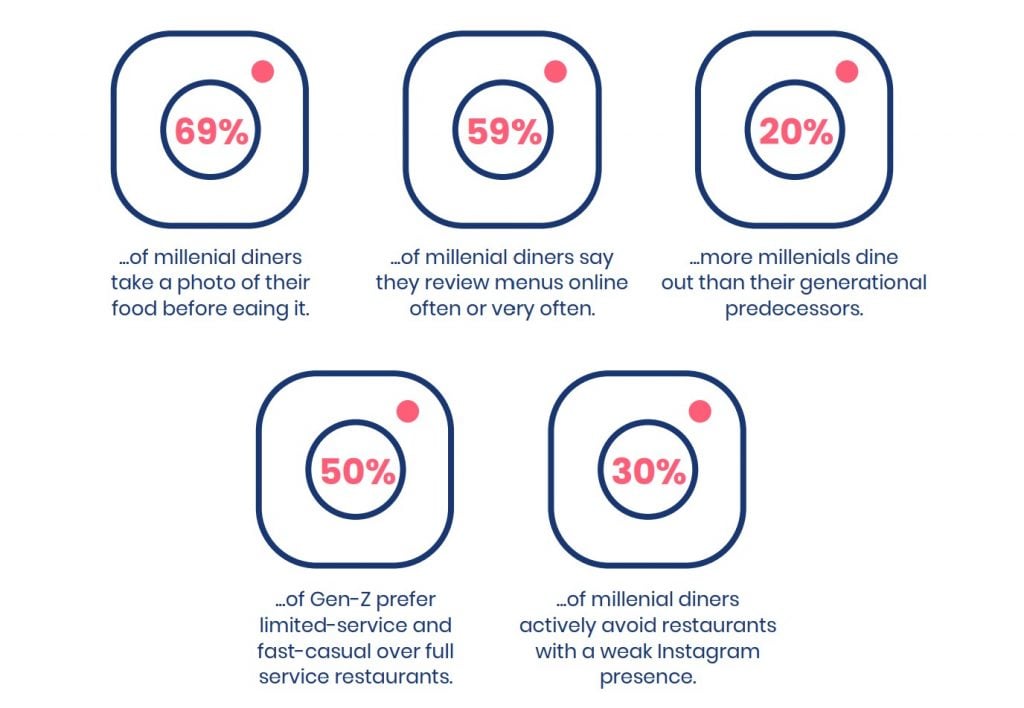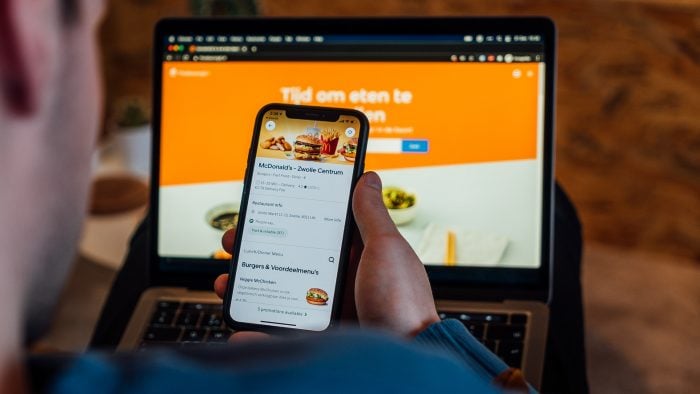Voice APIs are all the rage in the age of rising CX expectations. And hardly any other sector has witnessed the kind of strain and simultaneous growth that retail and food services have. All this, according to the folks at Vonage, who told me; that one of its customers in the food services industry, Synq3 (formerly Novo Labs), has benefitted handsomely.
A company spokesperson told me in a statement: "In particular, we have seen that voice is a principal component of digital retail for businesses looking to stay technologically relevant with the preferences of existing customers."
Synq3 leverages Vonage Voice APIs to extend a 'conversational commerce' experience for over 7,000 restaurant chains across the United States - essentially fueling these restaurants to take food orders via voice both: over the phone and even in the drive-through.
I sat down; for a chat with Jeff Loukas, Chief Product Officer, Synq3, who told me that Vonage helped it streamline the ordering process and staff efficiency for its customers.
Data pulled by Vonage suggests that from the beginning of the Pandemic in June 2020 to the peak of the Pandemic in June 2021 - the Synq3 platform recorded a 100% call increase. Looking at the peak of the Pandemic, June 2021 to July 20 - there was another 100% increase in calls - hinting at lots of opportunity in the space.
For the past several years, the duo has worked together, with Vonage largely responsible for helping Synq3 pull off the feat, and I learned about that partnership in my recent sit-down with Loukas. He told me that the relationship started because Vonage had capabilities no other provider had, adding:
"At the time, no one was streaming raw audio from a phone call to something we could (actually) push to a backend; it just wasn't there."
I wanted to see what all the fuss was about regarding voice APIs. As such, I filed this report.
Bringing Analog Channels into the Digital Age
With over 7,000 customers in the food services industry, Synq3 supports conversational commerce for food ordering and restaurant information. That comes in multiple forms, with the most common being phone calls.
"Vonage is the backbone of all comms for us, taking all phone calls for all restaurants we handle."
Syncq3 focuses on the fast and 'fast' casual sectors: and supports phone calls for customers; for operational and marketing efforts. The reality is; that most restaurants don't have dedicated staff to answer phone calls.
"Usually, you have the (kind of) experience - especially if you order at the counter - you are standing there, the phone rings, and you get put on hold in real life: so to speak."
That employee then takes the phone order, creating a (sort of) cognitive dissonance in the customer experience for those on the phone and at the counter. And restaurants have peak times, meaning without the proper support, they could very well: be ignoring phone calls to ensure that the quality of in-store service is not sacrificed.
"When it comes to operations, stepping away from a cook line is an interruption, whereas if we can remove that disruption - you end up with (a great) operational experience," Loukas added.
Voice, a formerly analog channel, gains new powers (when it comes to) the marketing capabilities Syncq3 and Vonage enable for chains. This is, according to Loukas, who said that brands gain a lot of control over how they want their systems to sound and function. For that, artificial intelligence takes center stage.
AI, and its Place in Food Services
When a customer calls a brand supported by Synq3, they reach a robust artificial intelligence system; capable of interacting much like a human would. "It is a conversation that gets understood by AI. And the system can respond naturally."
Thanks to the might of natural language understanding, the company can pull this off. Of course, when issues arise, the call gets escalated to a contact center agent who can help a customer in real-time to resolve anything causing customers friction.
The Coronavirus Pandemic acted as the height of phone calls into restaurants, but Syncq3 says it still sees elevated call levels.
"People are more comfortable calling a restaurant to get carryout and takeaway."
For now, the Syncq3 system is available in English, with Loukas saying that full support for Spanish-language speakers is coming in the future. But as of now, Spanish-speaking customers are transferred to a live agent to assist in completing orders, etc.
Identifying Customer Pain-Points with AI
The very nature of AI means constant learning and optimization. If Sync3's AI does not understand the human, the customer gets transferred to a live agent for further support.
"There is never an experience where customers feel like they've reached a dead-end because the system is aware of itself."
The agent who picks up the call receives that call from where the system left off, creating; what Loukas calls a seamless customer experience. Of course, voice is not the only way folks are ordering food today, and there remains a need for omnichannel experiences. Synq3 technology has also been deployed in drive-through settings, which is quite unique.
Imagine; the next time you arrive at a drive-through: and don't speak with a human. An AI, though? What a time to be alive! Finally, there is text, which customers can leverage to receive things like notifications and confirmations. A Gushup study titled: How Conversational AI is Disrupting the Food and Beverage Sector further shed light on the various applications of conversational AI in the space.

It found that due to a lack of quality experiences: profits have fallen in the industry. Overall, by upwards of 88 percent. And by 2025, the conversational AI market could reach as much as $13.9 billion in revenue, meaning there is likely massive room for growth for those who get it right.
Finally, the report notes: that virtual agents will handle up to 90% of customer service queries in 2022, saving businesses five billion hours by 2023. AI and humans, once more, working together in the contact center space, with no prospect of human agents being fully replaced by the technology.



